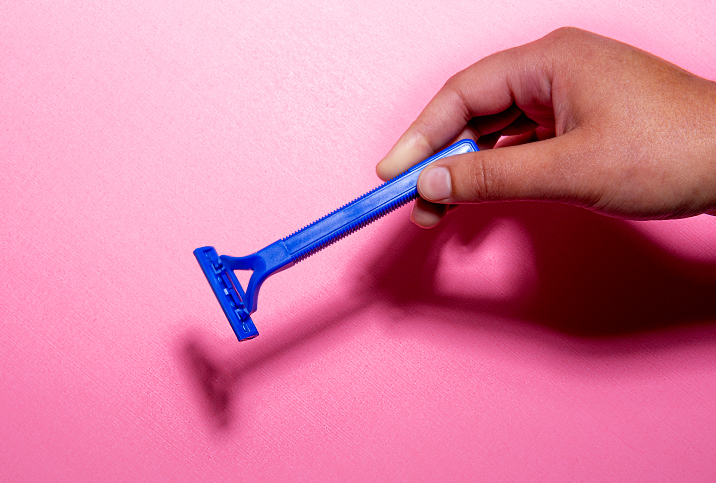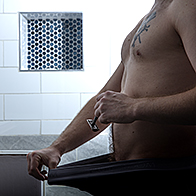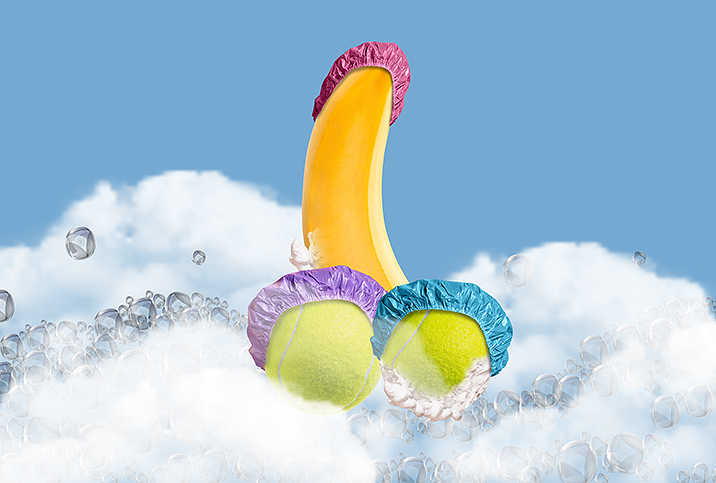Personal Hygiene for Teens

We all know what puberty is: The physical changes that take place as a child's body matures into an adult capable of sexual reproduction. However, we often fail to make the direct connection between those physical changes and grooming habits.
Understanding this relationship and being able to introduce grooming habits can help teens better adjust to their bodies.
The biology of puberty
"Puberty is the physical change that occurs in the body as the body sexually matures," said Emmanuella Auguste, a physician-scientist. "For girls, puberty begins between the ages of 9 and 14, while in boys it happens between ages 12 and 16. In girls, puberty presents as breast development (occurs first), hair growth in the armpits and pubic area, and the onset of menstruation (occurs last). Contrarily, in boys, puberty presents with the enlargement of the testicles and penis, hair growth in the armpits and pubic area, development of facial hair and deepening of the voice."
When parents and teens both understand the biology associated with their bodily changes, grooming changes will make sense for all parties.
Auguste said that although the biology for young men and women is different, maintaining proper hygiene is important for anyone undergoing the changes of puberty.
"During puberty, in both boys and girls, the sweat glands are very active, leading to excessive perfusion that contributes to strong body odor and changes in the pH," she said. "Furthermore, during puberty, overactive sebaceous glands result in oily skin, acne and secondary bacterial infections. For these reasons, special grooming practices are important in improving hygiene and cleanliness that would minimize adverse outcomes attributing to overactive sweat glands and sebaceous glands."
Special grooming considerations during puberty
When parents and teens both understand the biology associated with their bodily changes, grooming changes will make sense for all parties. For young women, menstruation is one physiological change that requires special attention.
"Menstruation is a process where the body rids itself of the endometrial tissue in the absence of implantation," Auguste said. "It typically occurs every 28 days and lasts from 5 to 7 days. Given that menstruation is a time when the body is eliminating toxins/waste [blood] from the body, special considerations are needed to maintain cleanliness."
Auguste said proper hygienic practices worth considering are the use of sanitary napkins and/or tampons at the correct frequency. For best results, she said to change the napkins at least 3 to 4 times per day and to change tampons every 4 to 8 hours in order to avoid toxic shock syndrome, a bacterial infection that could result in complications, including death.
"Other hygienic tips include tracking periods and managing symptoms of PMS and primary dysmenorrhea [cramps]," she said. "Lastly, mild soap and water are recommended to wash the vagina, externally, while avoiding fragrant feminine washes that can negatively alter the vaginal pH."
Things to consider during pubic grooming
One of the many changes that occur during puberty is pubic hair growth. This, combined with active sweat glands, can cause moisture to be trapped in pubic hair and create unpleasant odors. Many teens will consider pubic hair removal to escape this, but Auguste advised that there are certain medical considerations when removing pubic hair.
"Excessive pubic hair in teens can contribute to excessive sweating and poor body odor," she said. "This leads to the importance of pubic grooming in teens. Pubic grooming is very common in teens and involves removing partial or complete hair from the pubic area. Hair in the pubic area serves as a natural defense barrier for the skin. The skin is filled with bacteria that are part of the normal flora. With this in mind, when pubic hair is removed, the defense barrier is compromised, increasing the risk of a tear or cut in the skin."
Though normal in both adults and teens, Auguste said completely removing pubic hair could be difficult for someone without any experience, so she suggests practical tips like using an electric razor, applying shaving gels and creams, and exfoliating the area.
Helping your teen develop good grooming habits
Like all changes in a teen's life, habit-building takes time and usually requires the guidance of a parent or guardian.
"I encourage my children and my students to keep a note open on their phone with a list of questions to ask the doctor during their yearly visit," said Michelle Rawcliffe, a health educator. "I also encourage them to keep a list of facial grooming practices for the person that cuts their hair. I deliberately choose doctors and other service providers based on how well they can answer my kids' questions. If my child is uncomfortable asking, then I will."
Learning new and appropriate grooming habits for this life period is important and beneficial, and can help them throughout the rest of their lives.
Developing a routine always helps teens, and so applying that same principle to grooming habits will help them more easily incorporate these new practices into their daily lives. This could mean scheduling a specific time for daily showers, and scheduling haircuts and follow-up doctor appointments, for example.
Puberty is that period in a young person's life that connects childhood to adulthood. It's often marked with messy emotions and embarrassing experiences. Learning new and appropriate grooming habits for this life period is important and beneficial, and can help them throughout the rest of their lives.
Go out of your way to provide your children with any help you can, and don't be afraid to reach out to a medical professional with concerns.




















